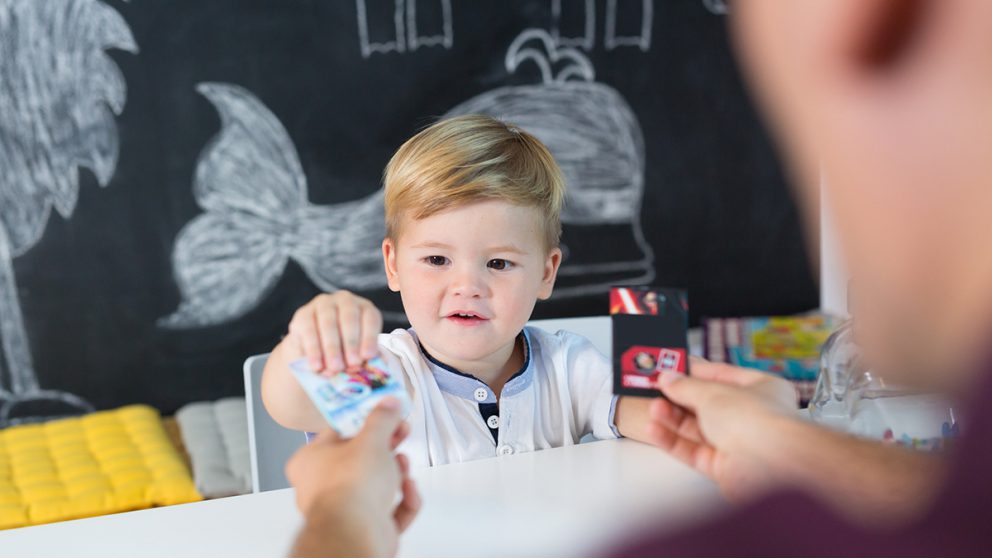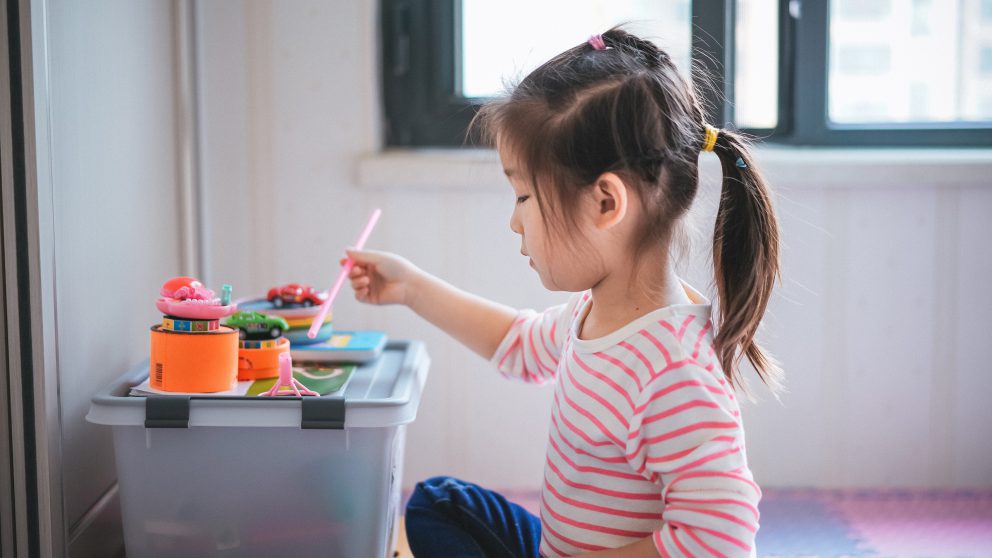Overcoming Childhood Challenges with Play Therapy
Play therapy is a structured, theoretically based approach to therapy that builds on the normal communicative and learning process of children (Carmichael, 2006; Landreth, 2002; O’Connor & Schaefer, 1983). Using toys, art supplies, games, and other play media to communicate with children using their own language, therapists strategically utilize play therapy to help children express what is bothering them, when they do not have the verbal language to express their thoughts and feelings.
Who benefits from Play Therapy?
Play therapy has historically been used for children ages 3 through 12 years old. However, the benefits of play therapy techniques in adolescents and adults have been noted, therefore the contexts of this approach have increased. Recently, play therapy interventions have also been applied to infants and toddlers.
What issues does Play Therapy address?
Play therapy is often used to help children process stressful life events, such as divorce, relocation, hospitalization, and/or being bullied.
Play therapy can also be beneficial when a child has experienced a traumatic experience such as physical/sexual abuse, witnessing domestic violence, experiencing a natural disaster, a death of parent or close loved one, and/or a diagnosis of a chronic or terminal illness.
It can be used to treat mental health symptoms and behavioral address in play therapy:
ADHD
Anger
Anxiety
Autism Spectrum Disorder
Depression
Developmental Disabilities
Impulse Control
Learning Disabilities
Obsessive-Compulsive Disorder
Oppositional Defiant Disorder
Phobias

How does Play Therapy work?
Play Therapy works by revealing the child’s internal emotional world. When a child is playing their implicit memories come alive in the playroom and the perception and root causes can be reprocessed. The child projects his inner world onto the toys and the therapist, setting them up to experience their perception of what it feels like to be them.
“By acting out through play a frightening or traumatic experience or situation symbolically, and perhaps changing or reversing the outcome in the play activity, children move toward an inner resolution, and then they are better able to cope with or adjust to problems.” (Landreth & Bratton, 2001)
What are the benefits of Play Therapy?
Play therapy provides a safe environment for children to freely express their thoughts and feelings. It facilitates the development of self-esteem, creative problem-solving, and coping skills. Play therapy supports the emotional healing and growth of children. It assists children in making decisions and accepting responsibility for their behaviors. Play therapy can help children develop respect and acceptance of self and others. It can also encourage empathy for thoughts and feelings of others. Play therapy can promote the development of self-efficacy and thus build confidence in children’s strength and abilities.
Meta-analytic reviews of over 100 play therapy outcome studies (Bratton, Ray, Rhine, & Jones, 2005; LeBlanc & Ritchie, 2001; Lin & Bratton, 2015; Ray, Armstrong, Balkin, & Jayne, 2015). have found that the overall treatment effect of play therapy ranges from moderate to high positive effects. Play therapy has proven equally effective across age, gender, and presenting problems. Additionally, positive treatment effects were found to be greatest when there was a parent actively involved in the child’s treatment.
How long does Play Therapy take?
Each play therapy session is approximately 55 minutes in length. Sessions are typically once per week. Research suggests that the optimal numbers of play therapy is between 30 and 35. The number of sessions however varies depending on different factors, which include but are not limited to the severity of the presenting problem, the support and cooperation of the parents, family, and/or school, the child’s desire for change, and the willingness of the family members to try new patterns of interactions. I will be able to provide you with more clarity about how your process will take after meeting with you and your child.

What is the process of Play Therapy?
The initial session is typically a parent/guardian only session, which is an opportunity for you to meet with me one on one. This time will be used for you to ask any questions you may have. I will also use this time to gather historical information about your child prior to having their first session. The parent’s/guardian’s role throughout the play therapy process is crucial in the child’s healing process. The type involvement will vary based on the child’s individual needs and may change during the course of therapy.
The first session with your child will be their introduction to play therapy. I will provide them with a brief explanation of play therapy. If your child is reluctant to participate in the first session without you present you are welcomed to join us until they feel safe and secure to be alone with me in the playroom. Children during their first session usually explore the playroom.
The subsequent sessions will be determined on a case by case basis. I tailor each child’s play therapy treatment on an individual basis.
Our Role:
At times, the child will freely explore the playroom, while engaging in spontaneous play. While the child is engaging in spontaneous play, I am assessing themes. I am also reflecting and validating feelings, which encourages a deeper level of play. At other times, I may guide activities that occur within the playroom. The guided activities may include drawing a self- portrait, using puppets to act out a traumatic experience, creating a sand scene, reading books on a specific topic, and/or playing specialized therapeutic games.